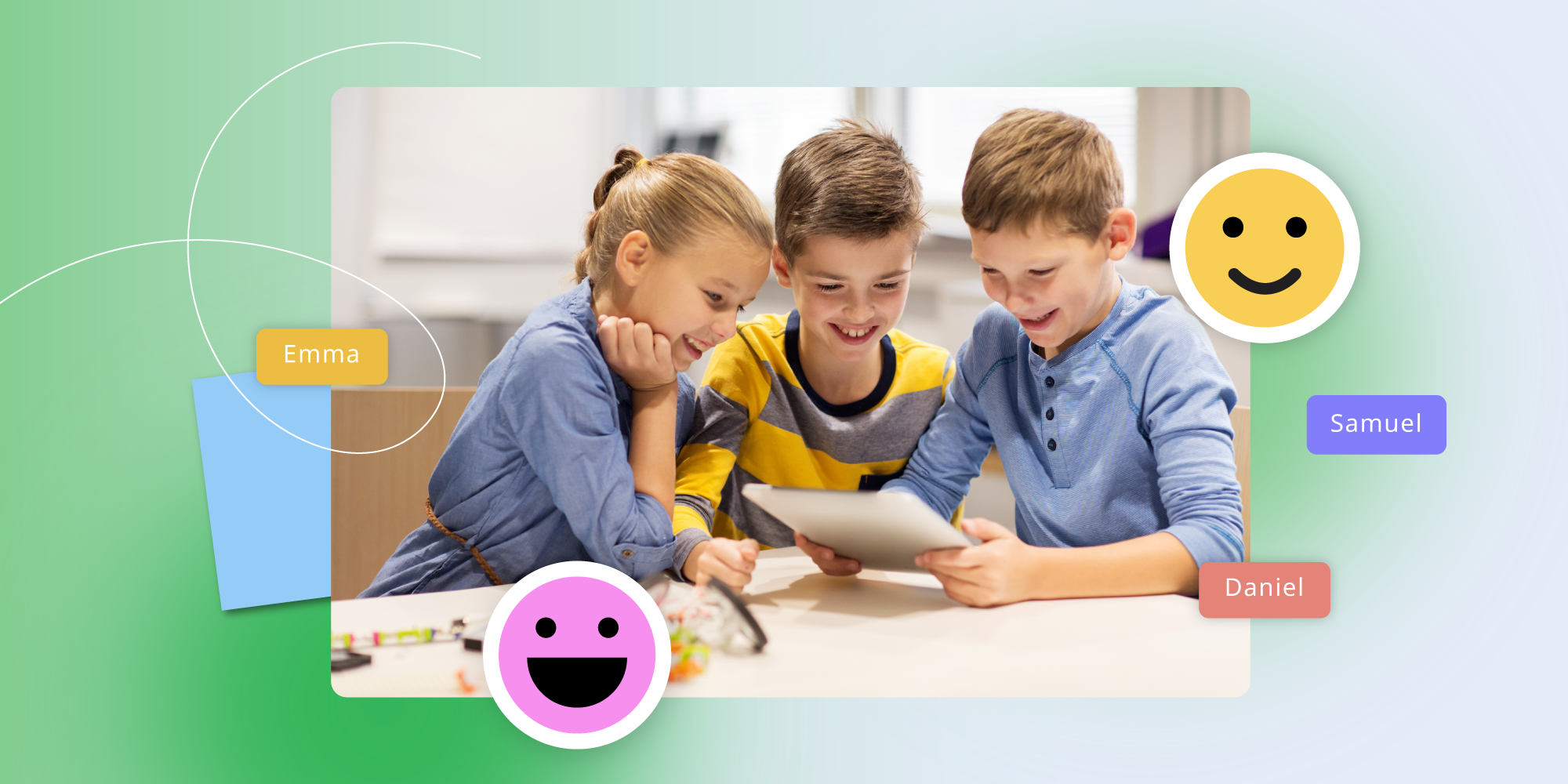Student-Centered Learning Strategies to Improve Your Teaching

Table of Contents
Over the years, the focus and direction of education have changed significantly to make the students more empowered and autonomous in their learning. One approach in particular has caused a rather large shift in teaching practice: student-centered learning. Below, we discuss this approach to teaching in more detail and how it can improve your lesson planning.
What is Student-Centered Learning/Teaching?
Student-centered learning shifts the focus of the class from the teacher to the students. The model aims to put them in control of their learning experience by creating a community-driven environment where students are actively involved in the planning and implementation of their lessons and assessments.
Student-centered teaching methods vary from classroom to classroom, as educators continue to hone and integrate this approach into their own teaching. At its core, this way of learning involves giving less direct instruction and encouraging pupils to take responsibility for their own learning. This gives them the freedom to explore their own interests, make subjects more relevant, and develop critical thinking and problem-solving skills.
Technology and Student-Centered Teaching Methods
As technology begins to play an increasingly important role in the classroom, student-centered lesson plans designed with edtech in mind provide a new way for educators to engage with this framework and get the most from their students.
Read on to discover some of the most beneficial strategies to integrate into your classroom and the perfect smartboard alternatives in the era of student-centered learning.
1. Collaboration is Key
In order to get the most out of this framework, you should try engaging the students in some kind of collaborative activity. Student-centered learning is about interaction, mutual support, and joint problem-solving. The best way to create an environment conducive to these outcomes is through collaboration. There are a number of strategies to accomplish this:
- Student mentoring: based on their own unique and complementary strengths, students can be assigned mentors and mentees from their own classroom.
- Group Interaction: using an Explain Everything collaborative whiteboard, you can create a digital space where all the students can contribute to solving a problem interactively. This approach is especially suited to math and the sciences.
- Jigsaw Assignments: much like the above group interaction, this strategy involves splitting the class into groups and giving each one a part of the assignment to solve. Once everyone has completed their piece, the students must collaborate and present the full assignment together. With Explain Everything, it’s easy to create and send custom-made assignments to pupils and follow their progress virtually.
2. Give Them Choice and Control
An integral part of the student-centered approach to learning is the transfer of choice and control from teacher to pupil(s). Empowering a classroom in this way can foster a more engaging and meaningful learning environment and help each student play to their strengths. One of the easiest ways to do this is via lesson and assignment boards.
Lesson and assignment boards display a variety of activities and assessment styles for pupils to choose from. These boards can be used for individual modules, subjects, or even pupils. For example, instead of a traditional history essay, you can give students the option to make a video, a podcast, or even a poster. Instead of a biology test, students could opt for a project worked on over the semester.
For choices from lesson and assignment boards (or the boards themselves), digital whiteboards can make tracking and marking student assessments simple and easy. With the ability to share and broadcast to students’ screens in real-time, offering your classroom different choices and activities is quick and flexible.
3. Encourage Student Voice
Student voice activities create spaces for students to share their voices and opinions in the classroom. When students have the freedom to speak their minds and actively participate in the curriculum, they become more engaged with what they’re learning. It also allows you as an educator to get feedback and understand what kind of learners your pupils are.
One of the most direct ways of engaging students in student voice is through student-led discussion times and surveys. This can be a regular occurrence (for example, after each module) or a biannual meeting where the students lead the discussion about issues they feel are pertinent to their education. With a smartboard, the aims and outcomes of student voice activities are easy to return to and amend as needed. You can also host anonymous polls and votes via the students’ own devices.
However, this does not mean that you have to reduce rigor. Student voice is an important responsibility that affects a pupil’s own learning experience and the experience of their classmates. Students should be made aware of this and the boundaries that you as an educator have chosen for this framework.
4. Play Games
The benefits of gamifying teaching have been known for many years now, but the strategy lends itself well to student-centered learning. Educational games are a powerful tool that encourages students to take risks and try applying their knowledge in different situations. They are more inclined to accept their mistakes and try again, which is the perfect environment for teaching and learning.
Gamification with a digital whiteboard gives you the opportunity to quickly initiate educational games and keep the students engaged for longer. With an array of different media formats integrated into the board (images, animation, video, and audio), teaching students in a personalized and interactive way has never been easier. Equally, you can access and share exterior learning applications and make sure your students are using their own personal technology to learn, rather than just roaming the internet. Hopefully, these strategies can help you to integrate student-centered methods into your lesson plans and provide your pupils with a more fulfilling and enriching learning environment in the future.

